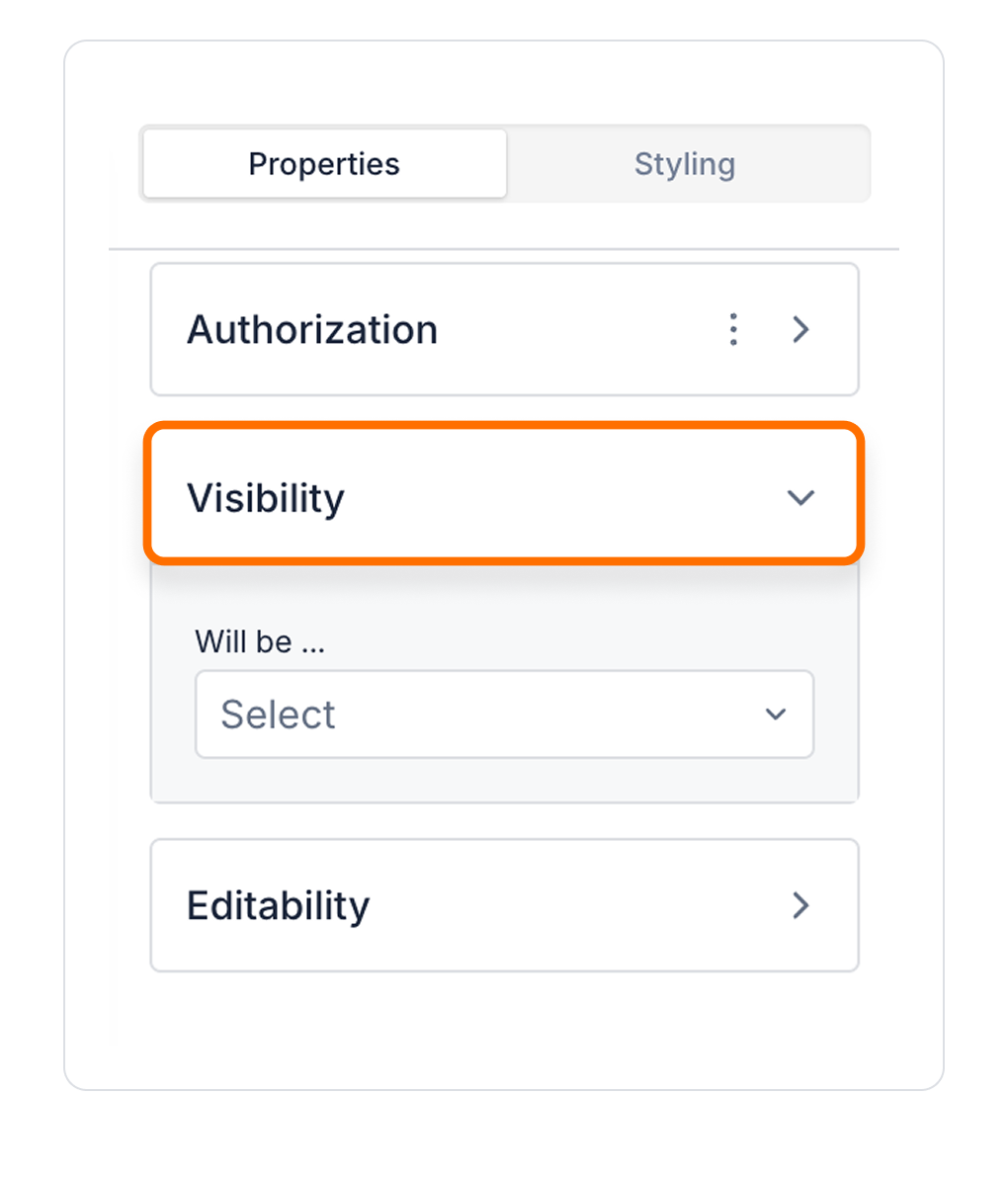

Kuika's Stopwatch element is used to measure the time elapsed from the start of an activity or performance tracking. This element makes it easy for users to schedule and provides visual tracking of a specific process. For example, it is ideal for tracking the completion time of a task or measuring the duration of an activity. In this tutorial, you will learn how to use the Stopwatch element as a countdown timer in your application.
Key Features of the Stopwatch Element:
This training content consists of the following topics:

The Stopwatch element allows users to start, pause and reset the timer within the app. This feature is ideal for scenarios such as task tracking, performance measurement and time management.
Authorization

To manage access control at the element level, you can use the Authorization section in the Properties panel.
Access Types
Anonymous
Allows all users to view the element without logging in.
Restricted
Restricts access to only verified users or specific roles.
Unauthorized Behavior (Hide / Disable)
If the user does not have the required role, you can specify how the element should behave in the Choose field:
This setting is used to manage how unauthorized users encounter the element.
Visibility

To configure the setting:


By customizing your elements with the Styling Panel, you can create impressive interfaces for your web and mobile applications. In this section, you can configure the following settings:
By following these steps, you can configure the Area Chart element to suit your needs.